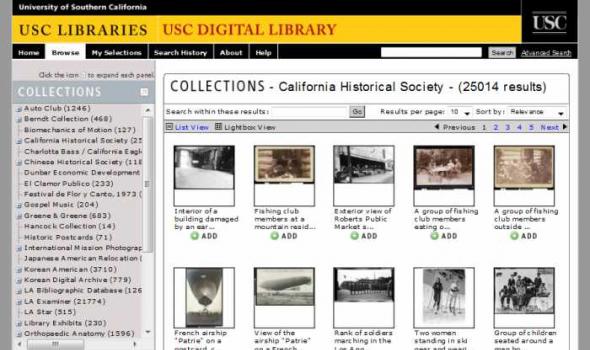Italy
About The Collection The Speculum Romanae Magnificentiae is a collection of engravings of Rome and Roman antiquities, the core of which consists of prints published by Antonio Lafreri and gathered under a title page he printed in the mid-1570's. Copies of the Speculum vary greatly in the number of prints, and individual prints were reissued and changed over time. The University of Chicago Library's copy of the Speculum Romanae Magnificentiae contains nearly 1,000 prints and is the largest in the world. The Library's copy arrived in the 1890's as a part of the Berlin Collection, a large lot of books and manuscripts purchased for the Library from S. Calvary and Co. in Berlin.
500 Years of Italian Dance: Treasures from the Cia Fornaroli Collection pays tribute to the multifaceted history of Italian dance and to one of The New York Public Library's richest collections. Assembled by Walter Toscanini (1898-1971), the Cia Fornaroli Collection documents the full sweep of Italian dance history from the Renaissance to the early twentieth century. It underscores his belief that Italy played a seminal role in the genesis and development of Western theatrical dance and exerted a profound influence on performance, choreographic, and pedagogical traditions throughout Europe and in the United States, on stages both elite and popular.
The Theater that was Rome About From the sixteenth through the eighteenth centuries, when the books, maps and single sheet prints that appear on this web site were made, Rome presented itself as a theater of the most advanced engineering feats of the period, as well as of the technological skills to execute and record the decorative programs that went with them. Maps of the city in its new guise as the powerful center of Christendom also documented the growth of curiosity about its antique history and pagan past, displaying all the forms of cartographic knowledge available throughout the period.
History of Medicine Español - Italiano Healing and faith have always played a role in the lives of the faithful. They are interwoven in the fabric of social history. How we regard illness and healing, and how we cope with them have captured our imagination throughout the ages. The expression of our relationship with illness is wonderfully illustrated in the ex-voto, a devotional painting giving thanks to a saint or deity for a miraculous healing or a blessing. The faithful have always used prayer to invoke the aid of saints as a means to heal the sick and end one's suffering. These devotional paintings are an individual's expression of thanks for the intercession of the divine in a crisis, a snapshot in time of illness and healing.
In the autumn of 1609, the Italian mathematician and astronomer Galileo Galilei turned his telescope to the heavens, deciphering the cratered face of the moon, the four satellites of Jupiter, and other previously opaque features of the heavens. When, in 1610, Galileo published his Sidereus Nuncius, or Starry Messenger, the German astronomer Johannes Kepler responded with enthusiasm, praising the significance of Galileo’s observations with his own Dissertatio cum Nuncio Sidereo, or, Conversations with the Starry Messenger (1610). To whom else did the stars speak in the early modern period?
From the sixteenth through the nineteenth centuries, the royal and aristocratic courts behind Europe’s most illustrious festivals printed elaborate, illustrated volumes to record the celebrations that they organized to mark births, deaths, betrothals, weddings, coronations, and visits. Often circulated for the benefit of rival noble families and in the interests of self promotion, festival books are fascinating witnesses to aristocratic culture and art during the Early Modern period.
The Collection Cite as: Filippo Tommaso Marinetti Papers. General Collection, Beinecke Rare Book and Manuscript Library, Yale University Related: Filippo Tommaso Marinetti's Libroni 10,705 slides taken from a microfilm of F. T. Marinetti's seven Libroni or scrapbooks, compiled by Marinetti between 1905 and 1944, the year of his death. Share |
The Beinecke Library digitized 10,705 slides taken from a microfilm of F. T. Marinetti's seven Libroni or scrapbooks, compiled by Marinetti between 1905 and 1944, the year of his death. These scrapbooks contain thousands of newspaper clippings, journal articles, cartoons, drawings, photographs, manuscript items and other printed ephemera, which document Futurism and the avant-garde. The slides were acquired by the Library in 1999, along with a detailed listing of virtually every item depicted. That detailed listing is the source of the bibliographic data currently linked to each image. The Libroni database contains bibliographic errors, items lacking description, and image legibility and sequencing problems.






















